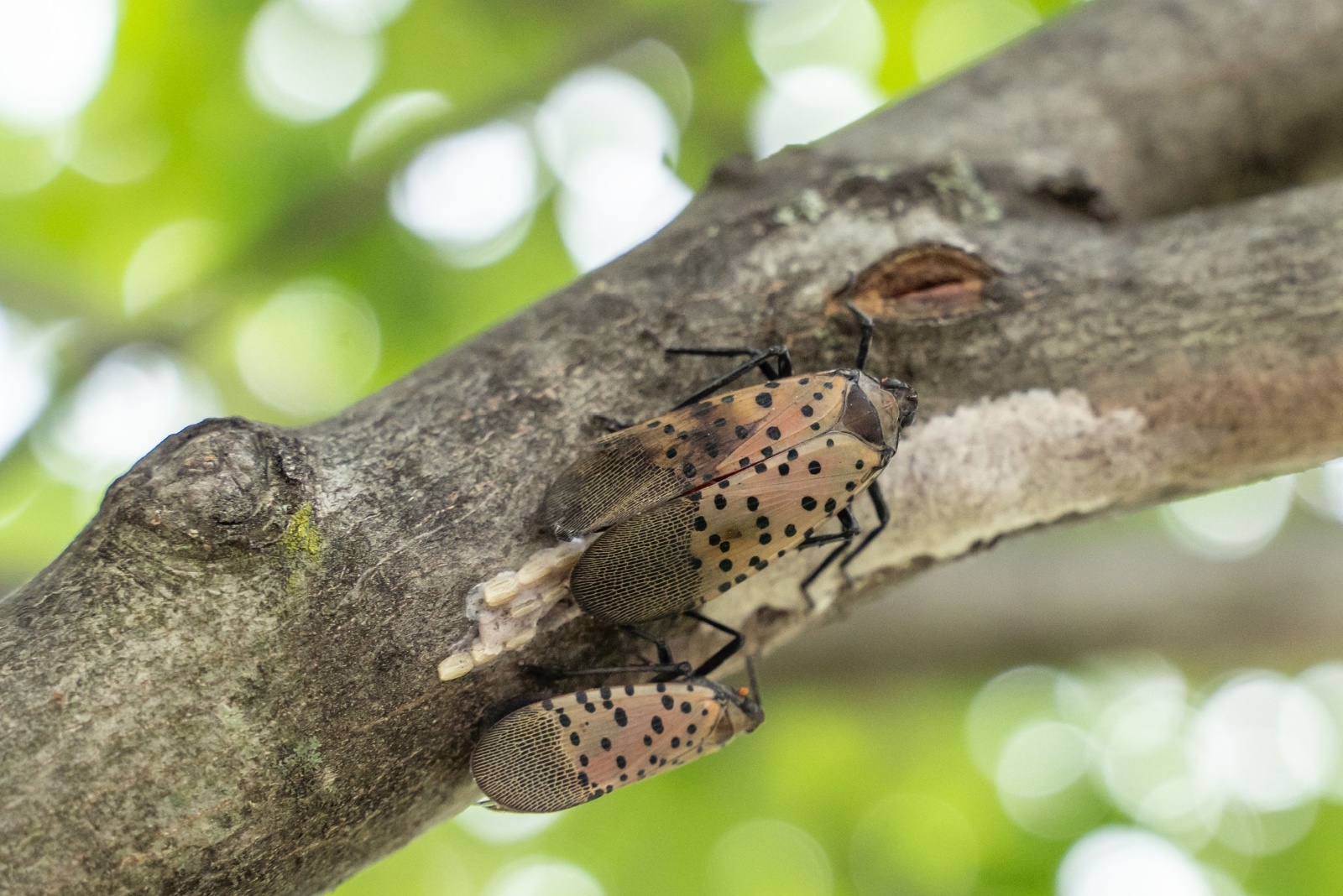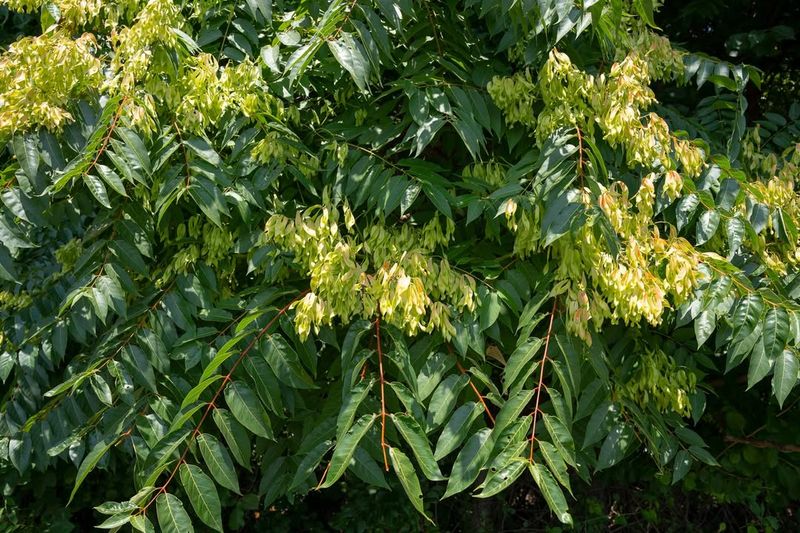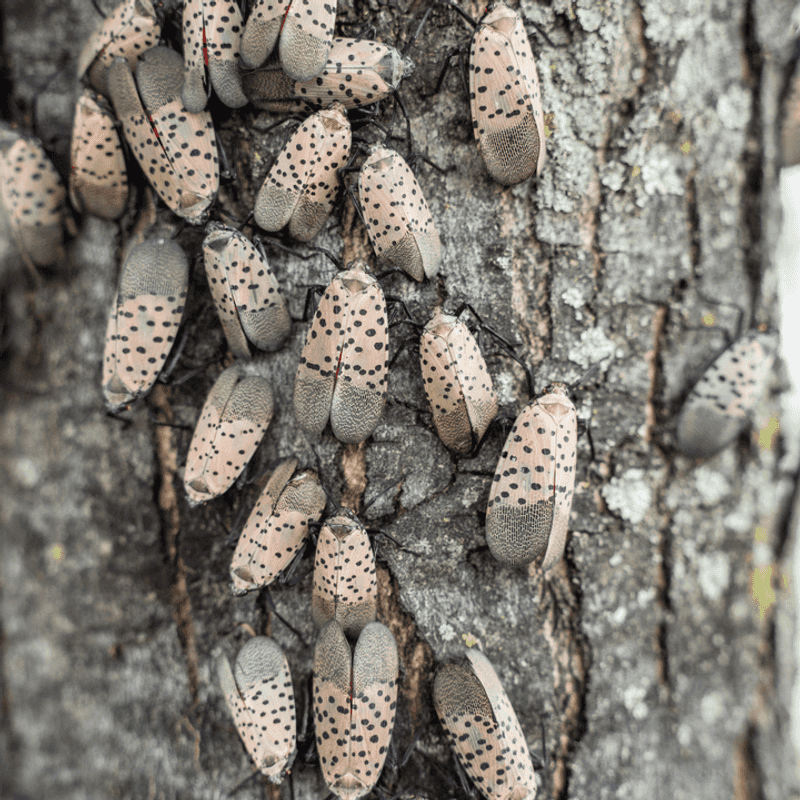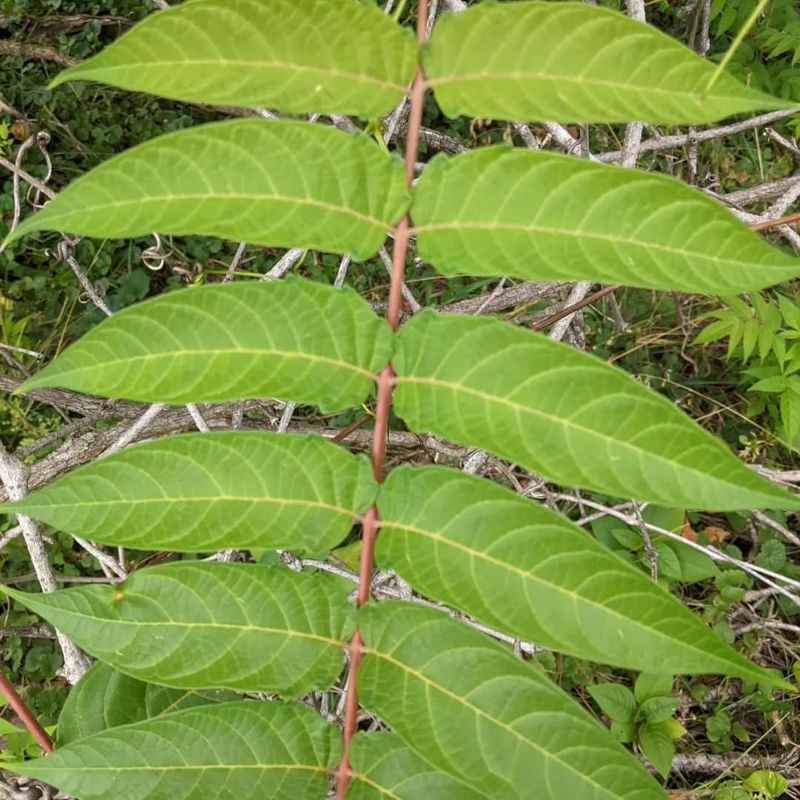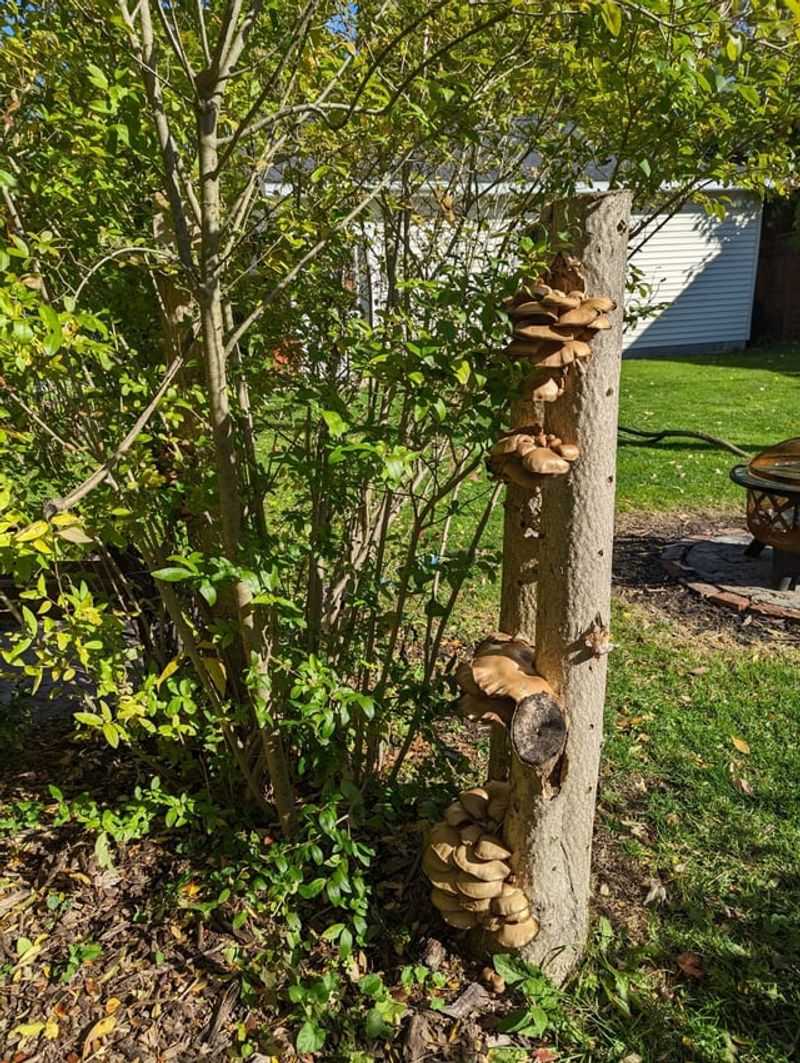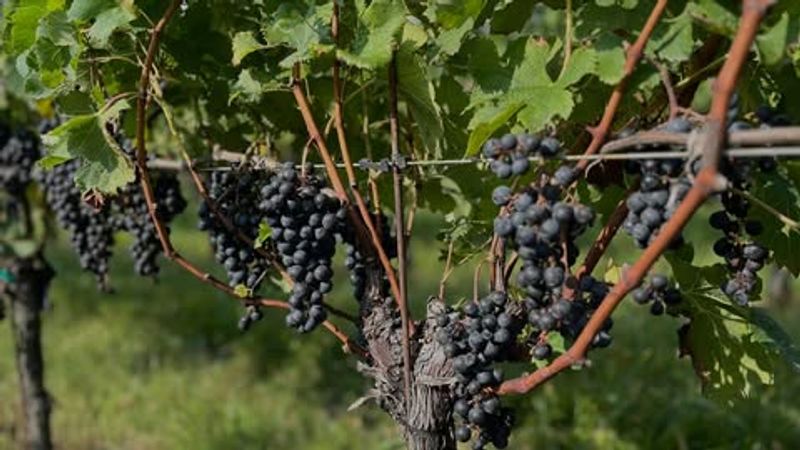They say every rose has its thorn, but sometimes a plant brings far more trouble than meets the eye. All over Tennessee, there’s a quick-growing, fast-spreading tree that looks harmless enough—maybe even useful as shade.
But looks can fool even the sharpest gardener. This tree is the main reason spotted lanternflies are finding Tennessee such a comfortable place to settle in. It acts like a hotel, buffet, and nursery all in one. The tree stirring up all the trouble? The Tree of Heaven.
1. Originally From China, Not Tennessee
Brought to America in the 1700s as a decorative plant, the Tree of Heaven quickly escaped gardens and started taking over wild spaces. Gardeners thought its fast growth and tropical appearance would make yards look exotic and interesting.
Nobody realized back then how aggressive this species would become. Now it grows wild throughout Tennessee, crowding out native trees that wildlife actually needs for food and shelter.
Its original home in China means local insects and diseases can’t control its spread here naturally.
2. Spotted Lanternflies Love This Tree More Than Any Other
When spotted lanternflies arrive in an area, they make a beeline straight for the Tree of Heaven. Scientists discovered that this invasive insect uses the tree as its favorite breeding ground and food source throughout its entire life cycle.
Female lanternflies lay their eggs on the bark, and young insects feed on the sap once they hatch. Without these trees around, lanternfly populations struggle to establish themselves and grow.
Removing the tree from your Tennessee yard breaks their breeding cycle effectively.
3. Identification Is Easier Than You Think
Looking at the leaves gives you the biggest clue about whether you’ve found a Tree of Heaven. Each leaf stem holds between 11 and 25 smaller leaflets arranged in pairs, with one leaflet at the tip.
Check the base of each leaflet for small glands that look like tiny bumps. Crushing a leaf releases a smell that many people compare to rancid peanut butter or burnt popcorn.
The bark appears smooth and gray on younger trees but develops diamond-shaped patterns as it ages.
4. Cutting It Down Requires Special Strategy
Simply chopping down a Tree of Heaven actually makes your problem worse because the roots respond by sending up dozens of new shoots. Each cut triggers the root system to produce even more trees than you started with.
Proper removal involves cutting the trunk and immediately applying herbicide to the fresh stump within minutes. Late summer provides the best timing because the tree pulls herbicide down into its roots most effectively then.
Always follow label directions carefully when using chemicals.
5. Damages Crops And Gardens Across The State
Spotted lanternflies don’t just stay on Tree of Heaven once they establish a population in your Tennessee area. They spread to grapevines, fruit trees, and many garden plants, sucking out sap and weakening everything they touch.
Orchards and vineyards suffer the worst damage, with some farmers reporting crop losses up to 90 percent in heavily infested areas. The insects excrete a sticky substance called honeydew that encourages mold growth on leaves and fruit.
Early prevention beats dealing with widespread infestation later.
6. Reporting Sightings Helps Everyone
Tennessee agricultural officials track where Tree of Heaven and spotted lanternflies appear to help coordinate removal efforts across the state. Your reports give scientists valuable data about how fast these invaders spread and which areas need immediate attention.
Most county extension offices accept reports through phone calls, emails, or online forms that take just minutes to complete. Include photos if possible, along with the exact location where you found the tree or insect.
Community cooperation makes control programs much more successful.

